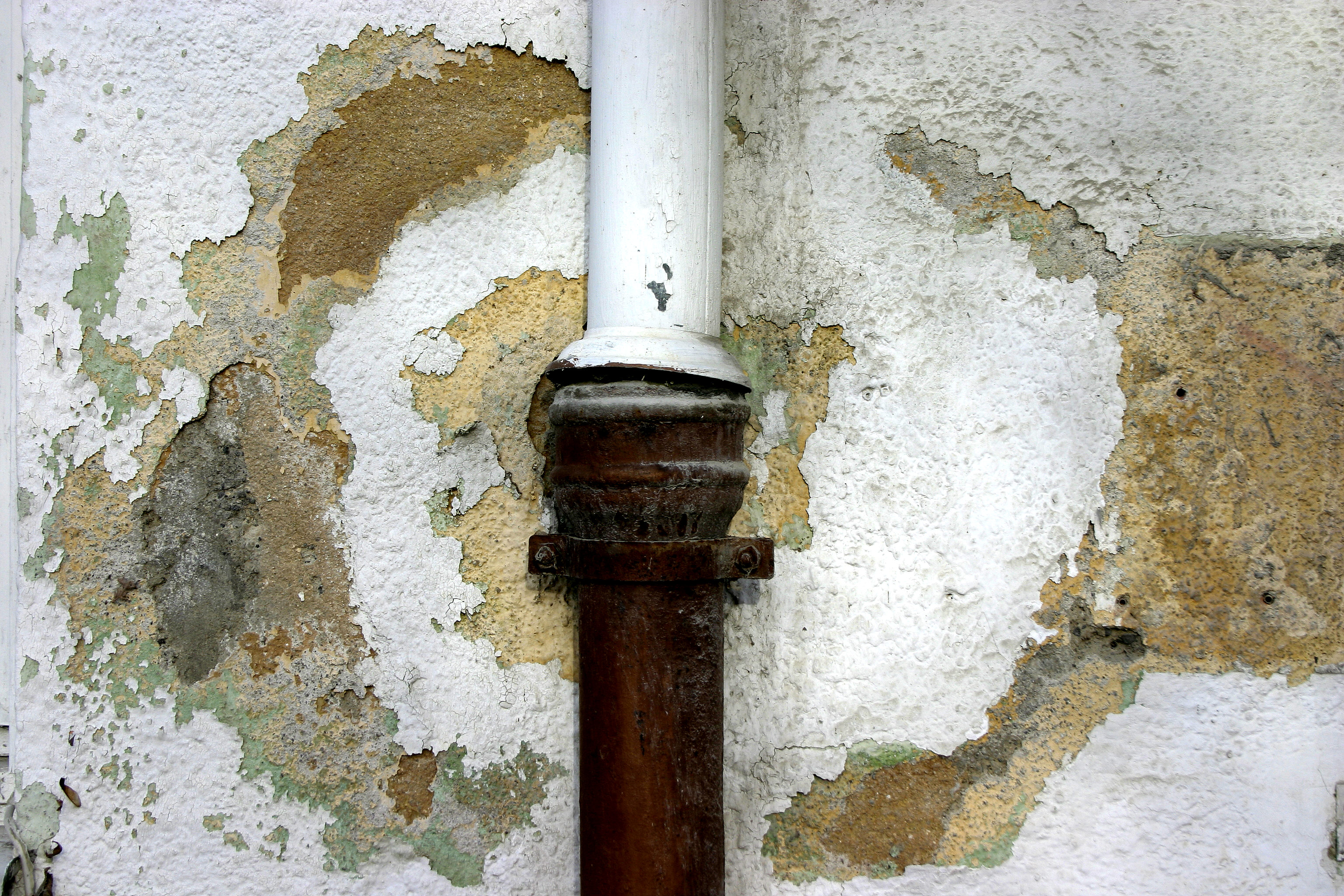Do's & Don'ts of Water Damage.
Do's & Don'ts of Water Damage.
Blog Article
Have you been on the lookout for help around Reducing Your Risk Of Water And Fire Damage At Home?

Water provides life, water invasion on parts where it's not meant to be can result in damages. Houses with water damages odor old as well as mildewy.
Water can come from lots of sources such as tropical cyclones, floods, burst pipes, leaks, and sewer issues. In case you experience water damages, it would be great to understand some security preventative measures. Here are a couple of standards on how to manage water damages.
Do Prioritize House Insurance Coverage Coverage
Water damages from flooding as a result of hefty winds is seasonal. Nonetheless, you can also experience a sudden flood when a defective pipeline unexpectedly ruptures right into your home. It would be best to have home insurance policy that covers both acts of God such as all-natural disasters, and also emergency situations like damaged plumbing.
Don't Neglect to Turn Off Utilities
This reduces off power to your entire house, stopping electric shocks when water comes in as it is a conductor. Don't forget to turn off the primary water line valve.
Do Remain Proactive and also Heed Climate Alerts
Storm floods can be really unpredictable. Stay proactive as well as ready if there is a history of flooding in your community. If you live near a lake, creek, or river , listen to evacuation warnings. Obtain valuables from the very beginning and basement, then placed them on the highest feasible level. Doing so minimizes potential residential or commercial property damages.
Don't Neglect the Roof
Before the weather condition turns terrible, ensure you have a roof covering assessment. In fact, it would certainly be prudent to obtain this solution every year as it can minimize complex problems. You can avoid rainfall damage if there are no holes and leaks in your roofing. Your roofer will certainly likewise look after faulty seamless gutters or any other indications of weakening. This will stop water from streaming down your wall surfaces as well as soaking your ceiling.
Do Focus On Small Leaks
A burst pipeline does not happen overnight. Generally, there are red flags that indicate you have compromised pipes in your house. You might discover bubbling paint, peeling off wallpaper, water streaks, water discolorations, or dripping noises behind the wall surfaces. Ultimately, this pipeline will certainly rupture. Ideally, you need to not await points to rise. Have your plumbing repaired prior to it leads to huge damages.
Do Not Panic in Case of a Ruptured Pipeline
Keeping your presence of mind is important in a time of crisis. Due to the fact that it will suppress you from acting quickly, worrying will just compound the issue. Timing is essential when it comes to water damages. The longer you wait, the even more damages you can expect. Thus, if a pipe bursts in your home, promptly shut off your main water valve to cut off the source. Disconnect all electric outlets in the location or transform off the circuit breaker for that component of the residence. Finally, call a respectable water damage remediation professional for assistance.
Water offers life, water invasion on parts where it's not expected to be can result in damage. Homes with water damages smell old and also mildewy.
Water damages from flooding charges to hefty winds is seasonal. You might notice bubbling paint, peeling wallpaper, water touches, water spots, or leaking audios behind the wall surfaces. When it comes to water damages, timing is essential.
Some Do's & Don't When Dealing with a Water Damage
DO:
Make sure the water source has been eliminated. Contact a plumber if needed. Turn off circuit breakers supplying electricity to wet areas and unplug any electronics that are on wet carpet or surfaces Remove small furniture items Remove as much excess water as possible by mopping or blotting; Use WHITE towels to blot wet carpeting Wipe water from wooden furniture after removing anything on it Remove and prop up wet upholstery cushions for even drying (check for any bleeding) Pin up curtains or furniture skirts if needed Place aluminum foil, saucers or wood blocks between furniture legs and wet carpet Turn on air conditioning for maximum drying in winter and open windows in the summer Open any drawers and cabinets affected for complete drying but do not force them open Remove any valuable art objects or paintings to a safe, dry place Open any suitcases or luggage that may have been affected to dry, preferably in sunlight Hang any fur or leather goods to dry at room temperature Punch small holes in sagging ceilings to relieve trapped water (don't forget to place pans beneath!); however, if the ceiling is sagging extremely low, stay out of the room and we'll take care of it DO NOT:
Leave wet fabrics in place; dry them as soon as possible Leave books, magazines or any other colored items on wet carpets or floor Use your household vacuum to remove water Use TV's or other electronics/appliances while standing on wet carpets or floors; especially not on wet concrete floors Turn on ceiling fixtures if the ceiling is wet Turn your heat up, unless instructed otherwise

I stumbled upon that article on Keeping Your Home Safe This Holiday Season while doing a search on the internet. Sharing is nice. You just don't know, you might be helping someone out. Many thanks for your time. Visit us again soon.
Report this page